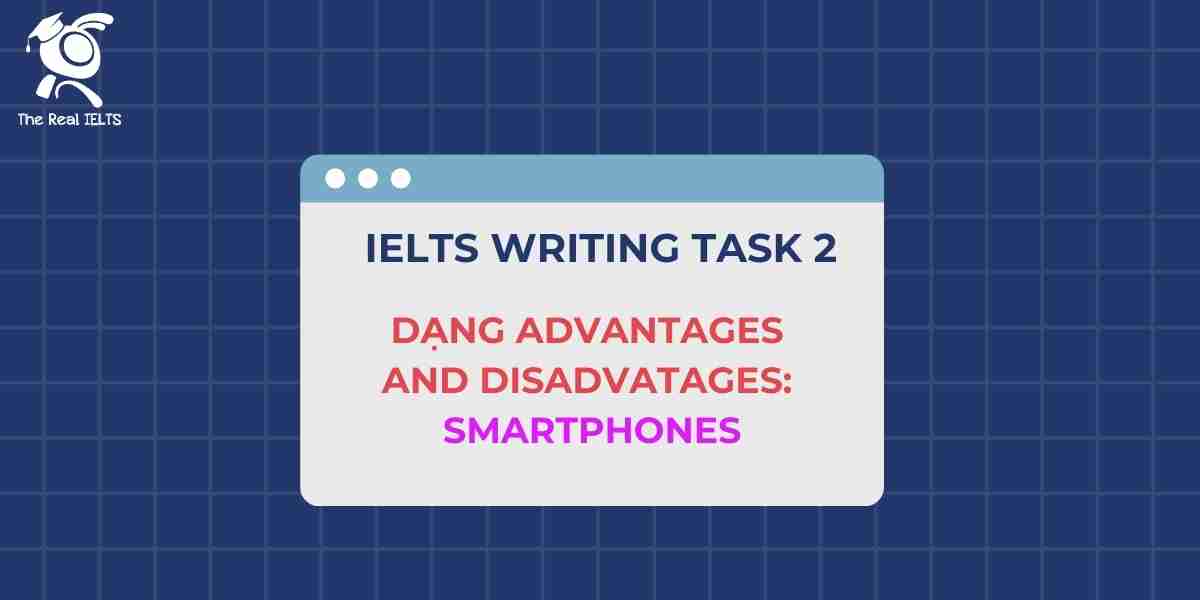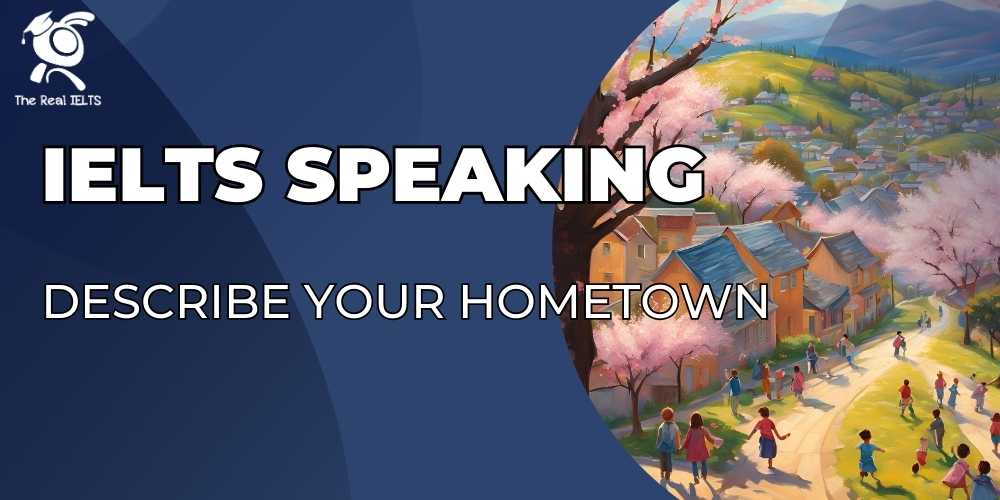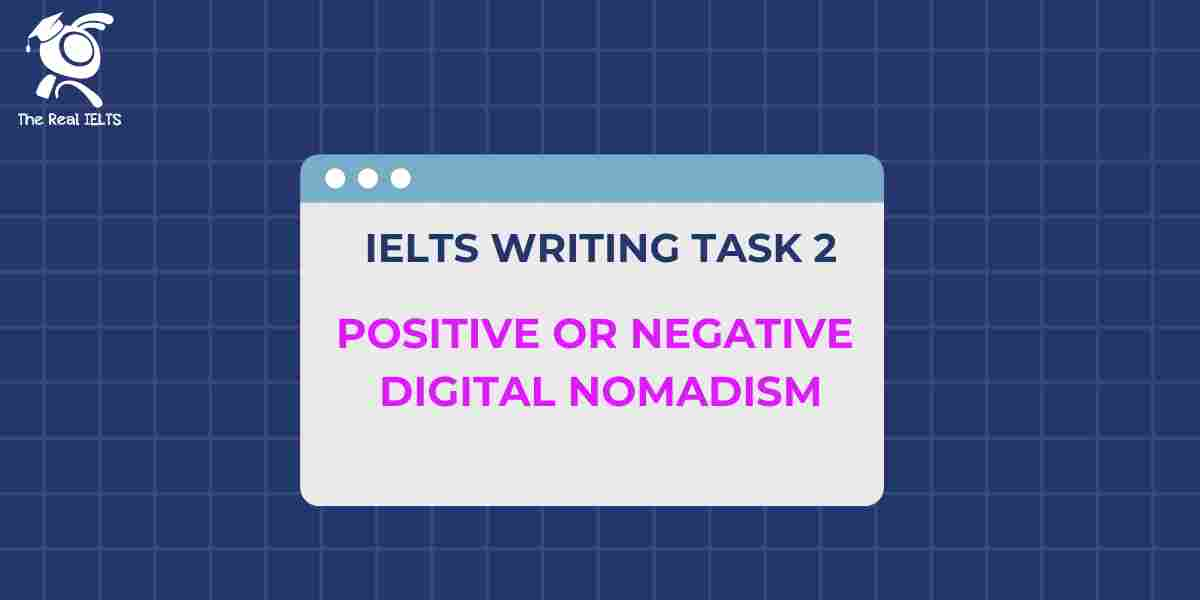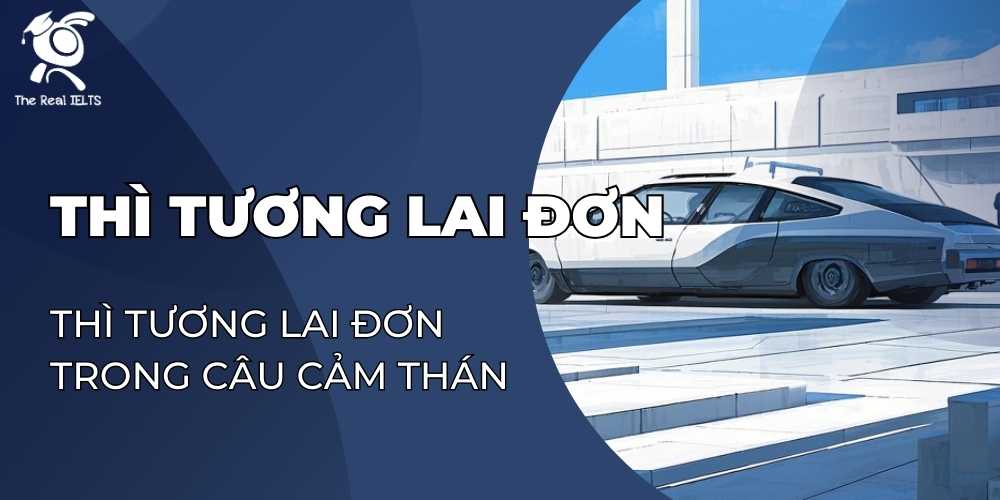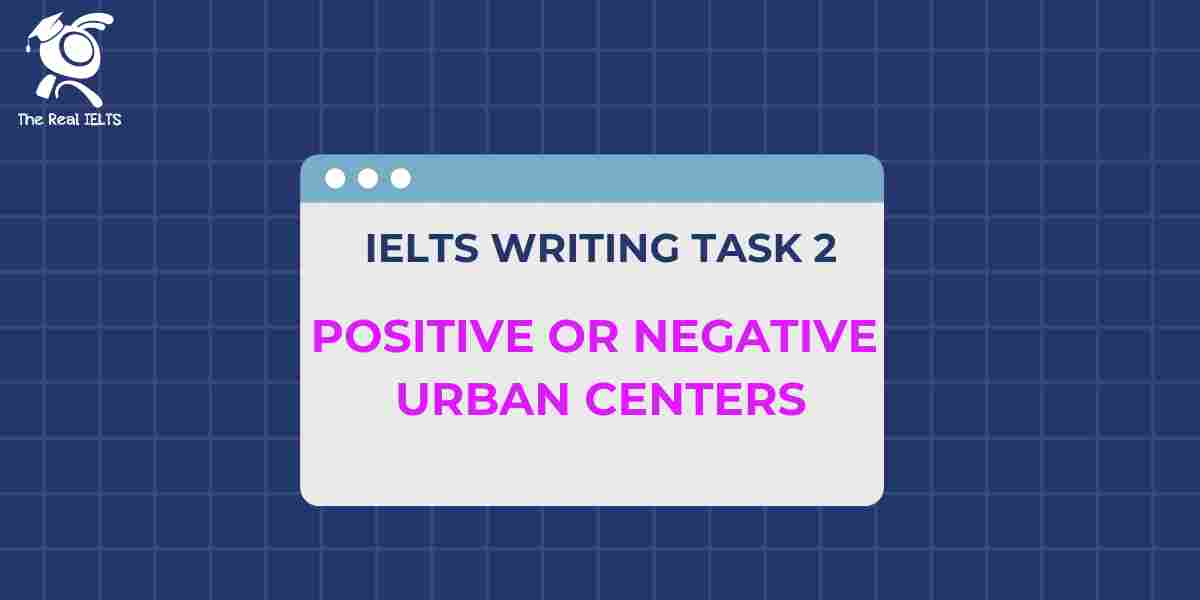Đề bài IELTS Writing task 2 dạng dạng Advantages and Disadvatages: Smartphones
You should spend about 40 minutes on this task
The impact of smartphones on daily life. Do the advantages of this outweigh the disadvantages?
Write at least 250 words.
Bài mẫu IELTS Writing Task 2 dạng Advantages and Disadvatages: Smartphones
Introduction
In recent years, smartphones have become an integral part of daily life, revolutionizing the way people communicate, work, and entertain themselves. The pervasive nature of these devices has sparked a debate on whether the benefits they offer outweigh their drawbacks. This essay will explore the positive and negative impacts of smartphones on everyday living and argue that the advantages significantly surpass the disadvantages.
Body Paragraph 1: Advantages
One notable advantage of smartphones is their ability to enhance communication. With instant messaging apps, video calls, and social media platforms, people can stay connected with friends and family across the globe with ease. For instance, applications like WhatsApp and Zoom allow users to have real-time conversations, bridging the gap between distant loved ones. Another significant benefit is the access to a vast array of information and services. Smartphones provide users with immediate access to the internet, enabling them to obtain information, make online purchases, and use various productivity tools on the go. For example, navigation apps such as Google Maps assist users in finding their way around unfamiliar areas, which can be incredibly helpful in both daily commutes and travel.
Body Paragraph 2: Disadvantages
Despite these advantages, smartphones have several drawbacks. One major concern is the potential for addiction and decreased face-to-face interactions. Excessive smartphone use can lead to a reduction in personal interactions, as people may prefer texting or browsing social media over engaging in meaningful conversations. For example, studies have shown that individuals who spend excessive time on their phones may experience a decline in social skills and emotional well-being. Another disadvantage is the risk of privacy and security issues. Smartphones store a vast amount of personal data, making them targets for cyberattacks and identity theft. For instance, data breaches and phishing scams can compromise sensitive information, causing significant harm to users.
Conclusion
In conclusion, while smartphones bring notable benefits such as improved communication and access to information, they also present significant challenges like potential addiction and privacy risks. Nevertheless, the advantages of smartphones—particularly their role in enhancing connectivity and providing immediate access to various resources—outweigh the disadvantages. As technology continues to evolve, it is crucial for users to adopt strategies to mitigate the negative impacts while maximizing the positive aspects of these indispensable devices.
Các từ vựng tiếng Anh cần lưu ý trong bài viết
1. Vocabulary Related to Benefits
- Enhance (v): Cải thiện, nâng cao.
- Example: “Smartphones enhance communication by providing instant messaging and video calls.”
- Connectivity (n): Khả năng kết nối, sự liên lạc.
- Example: “Smartphones greatly improve connectivity, allowing people to stay in touch with friends and family worldwide.”
- Instant (adj): Ngay lập tức, tức thì.
- Example: “Instant messaging apps facilitate real-time conversations.”
- Convenience (n): Sự tiện lợi.
- Example: “The convenience of having access to a vast array of services on a smartphone is undeniable.”
- Productivity (n): Năng suất, hiệu quả công việc.
- Example: “Smartphones can boost productivity by providing various tools for work and organization.”
2. Vocabulary Related to Disadvantages
- Addiction (n): Nghiện.
- Example: “Smartphone addiction can lead to a decrease in face-to-face interactions.”
- Privacy (n): Quyền riêng tư.
- Example: “Privacy concerns are a significant drawback of smartphone usage.”
- Security (n): An ninh, bảo mật.
- Example: “Smartphones pose security risks, including the potential for data breaches and cyberattacks.”
- Cyberattack (n): Cuộc tấn công mạng.
- Example: “Sensitive personal information stored on smartphones can be targeted in a cyberattack.”
- Isolation (n): Sự cô lập.
- Example: “Excessive smartphone use can contribute to social isolation and reduced personal interactions.”
3. Vocabulary for Discussion and Analysis
- Impact (n): Tác động, ảnh hưởng.
- Example: “The impact of smartphones on daily life is both profound and multifaceted.”
- Drawback (n): Nhược điểm.
- Example: “Despite their advantages, smartphones have several drawbacks.”
- Mitigate (v): Giảm thiểu, làm giảm bớt.
- Example: “Users should adopt strategies to mitigate the negative impacts of smartphones.”
- Resource (n): Tài nguyên, nguồn lực.
- Example: “Smartphones serve as valuable resources for information and entertainment.”
- Facilitate (v): Tạo điều kiện, làm cho dễ dàng.
- Example: “Smartphones facilitate easier communication and access to services.”
4. Vocabulary for Expressing Opinion and Conclusion
- Significant (adj): Quan trọng, đáng kể.
- Example: “The advantages of smartphones are significant compared to their disadvantages.”
- Weigh (v): Cân nhắc, đánh giá.
- Example: “It is important to weigh the pros and cons of smartphone usage.”
- Ultimately (adv): Cuối cùng, rốt cuộc.
- Example: “Ultimately, the benefits of smartphones outweigh their disadvantages.”
- Crucial (adj): Quan trọng, thiết yếu.
- Example: “It is crucial to address both the positive and negative aspects of smartphone use.”
Thống kê cấu trúc câu và cấu trúc ngữ pháp
1. Câu đơn và câu ghép
- Câu đơn: Là câu chỉ có một mệnh đề chính. Ví dụ:
- “One notable advantage of smartphones is their ability to enhance communication.”
- Câu ghép: Là câu có hai hoặc nhiều mệnh đề chính liên kết với nhau. Ví dụ:
- “With instant messaging apps, video calls, and social media platforms, people can stay connected with friends and family across the globe with ease.”
- “Despite these advantages, smartphones have several drawbacks.”
2. Cấu trúc câu chính
- Câu điều kiện (Conditional sentences): Ví dụ không rõ ràng trong bài viết, nhưng có thể sử dụng để tạo các tình huống giả định.
- “If people use smartphones excessively, they may experience a decline in social skills.”
- Câu nhấn mạnh: Sử dụng cấu trúc để nhấn mạnh một ý quan trọng.
- “One major concern is the potential for addiction and decreased face-to-face interactions.”
- Câu so sánh: Dùng để so sánh hai hoặc nhiều yếu tố.
- “The advantages of smartphones significantly surpass the disadvantages.”
3. Cấu trúc ngữ pháp chính
- Danh từ và động từ: Các câu thường sử dụng danh từ để chỉ các đối tượng và động từ để diễn tả hành động.
- Danh từ: “advantages,” “disadvantages,” “communication,” “information.”
- Động từ: “enhance,” “provide,” “assist.”
- Tính từ và trạng từ: Được dùng để mô tả các danh từ và động từ.
- Tính từ: “notable,” “significant,” “meaningful.”
- Trạng từ: “immediately,” “easily.”
- Giới từ: Dùng để chỉ mối quan hệ không gian, thời gian, và các mối quan hệ khác.
- Ví dụ: “in recent years,” “with ease,” “on the go.”
- Mạo từ: Sử dụng để xác định danh từ.
- “The smartphone,” “a significant benefit.”
4. Cấu trúc đặc biệt
- Danh từ hóa (Noun phrases): Sử dụng cụm danh từ để làm rõ các ý chính.
- “The pervasive nature of these devices,” “a reduction in personal interactions.”
- Đảo ngữ: Để tạo sự nhấn mạnh.
- “Not only do smartphones provide immediate access to information, but they also enhance communication.”
- Câu mệnh lệnh: Trong trường hợp muốn đưa ra yêu cầu hoặc khuyến nghị.
- “It is crucial for users to adopt strategies.”
5. Câu ví dụ và giải thích
- Câu ví dụ: Đưa ra ví dụ cụ thể để minh họa cho một điểm.
- “For example, applications like WhatsApp and Zoom allow users to have real-time conversations.”
- Câu giải thích: Đưa ra lý do hoặc giải thích về một điểm đã nêu.
- “Smartphones provide users with immediate access to the internet, enabling them to obtain information.”
Đọc thêm về bài viết gợi ý luyện thi IELTS.


